Universal Nutrition, a legendary supplement brand that has dominated the worlds of bodybuilding and powerlifting for years, built their sub-brand Animal for individuals that express four key characteristics — passion, dedication, discipline, and integrity. These Animals possess a mindset that's committed to being their best self, and setting and achieving new goals in and outside the gym.

For years, we've trusted Animal Cuts as one of the most intensely formulated fat burners on the market. And now it comes in powder form, bringing tons of the "daily essentials" and more!
The original Animal Cuts is the brand's fat burner that has helped many take their fat-loss goals up a level, achieving that ripped physique they've worked so hard for. Cuts originally came in the brand's signature "Pak" delivery system (which contains multiple capsules per serving in a travel-friendly packet)...until now.
Introducing Animal Cuts Powder, the newest variation of the brand's iconic thermogenic supplement. Now, Animals can boost their fat-loss regimen with a sweet-tasting drink instead of multiple capsules. However, this iteration of Cuts isn't simply a re-hashing of the original. This powdered version is built with a similar, albeit different, formula. It uses a few ingredients that the Pak-based version doesn't. It's also virtually fully disclosed, explicitly listing the amounts of all but one active ingredient. Where it remains consistent with the original variation, however, is in its purpose — energy, focus, and fat-melting potential!
In this post, we're going to dive into all that Animal Cuts Powder delivers in its three complexes. Afterwards, we'll look at both Cuts products side-by-side and discuss their differences. Before we get to that, make sure you're subscribed to PricePlow for Animal news and deal alerts. We want to help you Animals find great deals on the latest and greatest from this legendary brand.
Universal Animal Cuts – Deals and Price Drop Alerts
Get Price Alerts
No spam, no scams.
Disclosure: PricePlow relies on pricing from stores with which we have a business relationship. We work hard to keep pricing current, but you may find a better offer.
Posts are sponsored in part by the retailers and/or brands listed on this page.
Note: There's now an Animal Cuts Non-Stim powder too!
This area is reserved for Team PricePlow's upcoming Ingredients video.
Subscribe to our channel and sign up for notifications so you catch it when it goes live!
Animal Cuts Powder Ingredients
We'll discuss the differences between Animal Cuts Paks and Animal Cuts Powder later — for now, let's jump right into the ingredients of the newest thermogenic from the iconic brand.
Each container of Animal Cuts Powder contains 42 servings, with a recommendation to use two scoops per day. Our ingredient breakdown is based on one serving — just know that if you go for two daily servings, your total doses will be double what's listed!

The full Animal Cuts Powder Ingredients -- this one came from the Blue Ice Pop label. An incredible way to start your day!
Here's what each 5.9 gram scoop of Animal Cuts Powder delivers:
-
Metabolic and Stimulant Complex
-
L-Carnitine Complex: 1.5g from Acetyl L-Carnitine (750mg) and L-Carnitine Tartrate (750mg)
L-carnitine is an amino acid that shuttles fatty acids into the mitochondria so that they can be oxidized and turned into energy. Stored in skeletal and cardiac muscle, carnitine helps burn fat by encouraging cells to utilize fatty acids as energy.[1] This ability is noteworthy considering how cells typically prefer to create energy. Glucose is the body's primary source of fuel, and though fatty acids can be used to create glucose, carbohydrates are converted into glucose at a much more efficient rate.[2] Carnitine swings the metabolic process toward fatty acids, freeing them up for effective fat-burning.
Works best for those who are carnitine deficient or overtrained
Despite the importance of its underlying action, research studying carnitine's potency in terms of weight loss is mixed and depends on the demographic. A meta-analysis published in a 2016 edition of Obesity Reviews analyzed nine randomized, controlled clinical trials concerned with carnitine and found that participants who supplemented with L-carnitine lost significantly more weight and had a lower body mass index (BMI) than control groups.[3]
However, an earlier study from 2000 in which overweight volunteers combined carnitine supplementation with aerobic training for eight weeks saw no significant changes in weight or fat mass.[4] Success seems to hinge on carnitine status - it works best for those who are deficient - and it's worth noting that we seem to be eating less carnitine-based foods since 2000.
There are other benefits as well. A 2009 study published in Hypertension found that individuals taking 2 grams of carnitine daily for 24 weeks saw improvements in insulin sensitivity and glucose response,[5] which are key indicators of improved metabolic health.
Works great for athletes like those on Team Animal
The amino also has usage in terms of performance and recovery, too, and this is a great reason why it's here for Team Animal. According to a 2018 review published in Nutrients, carnitine supplementation can reduce muscle soreness, increase oxygen uptake, improve power output, enhance blood flow, and promote recovery.[6] Such effects can be leveraged into better performance in training and faster recovery, which can help take weight-loss efforts to another level.
Animal opts for two different sources of carnitine, capitalizing on each variant's unique capabilities. Acetyl-L-carnitine (ALCAR) crosses the blood-brain barrier and provides a focus-enhancing effect,[7,8] which can help fight against the "diet fog" that sometimes sets in for people trying to lose weight. L-carnitine L-tartrate uses tartrate to enhance absorption, allowing for quicker fatty acid transport. By including both at equal 750 milligram doses, Cuts Powder delivers an effective supply of carnitine accompanied by these auxiliary benefits. Fatty acid oxidation, alongside some nootropic benefits, is a great way to start off this label.
Additional synergy with choline (see below)
Finally, we have a solid choline/carnitine combination, which brings added synergy, as choline has been shown to increase carnitine retention. That's covered below in the choline section. Any supplement that has the "CCC" trifecta (choline + carnitine + caffeine) is going to be beneficial, in our book!
-
Caffeine - 200mg
Caffeine similarly toes the line between fat-burning and cognition, making for one of the most frequently-used ingredients in fat burners. We all know the mental and physical energy caffeine can deliver,[9] but this stimulant is potent in terms of weight loss as well. Caffeine inhibits adenosine (a neurotransmitter that encourages relaxation and sleep), which not only increases alertness but also reduces appetite and increases thermal heat.[9,10]
Caffeine also stimulates cyclic adenosine monophosphate (cAMP) activity by inhibiting phosphodiesterase enzymes in muscle and fat tissues. This increases thermogenesis, encouraging the body to expend and burn more energy.[10,11]
At 200 milligrams, this dose of caffeine is certainly not on the higher end of what some of you Animals may like to see. However, it's a solid dose that will no doubt ignite your internal engine, heating things up and providing a solid energy kick.
-
Metabolic Herbal Extract Blend - 150mg
Caffeine may ignite the metabolism, but Animal doesn't stop there. Similar to what Animal Cuts Paks does, this formula makes use of multiple herbal extracts to provide even more metabolic support:
- Green tea leaf extract, commonly used for its potent antioxidant content, contains the catechin epigallocatechin gallate (ECGC). This compound lies at the center of green tea extract's thermogenic and fatty acid oxidation capabilities.[12] Green tea extract also has synergy with other metabolic-boosting stimulants like caffeine.[13]
- Oolong tea leaf extract is another nutrient-rich tea that delivers a substantial amount of polyphenols and other antioxidants. In a 2001 study published in the Journal of Nutrition, researchers found that a mixture of oolong tea increased energy expenditure and fat oxidation.[14] While the tea's caffeine content stimulated thermogenesis, they only saw increases in fat-burning ability when a full-strength tea (a combination of polyphenols and caffeine) was used.[14]
- Black tea leaf extract delivers an assortment of polyphenols, including catechines and theaflavins, that can regulate body weight.[15] In a 2014 study published in Food & Function, individuals drinking three cups of black tea daily for three months saw improvements in body weight and body fat distribution compared to individuals who drank an equally-caffeinated, polyphenol-free beverage.[16]
- Coffee bean extract has shown potency as a weight-loss agent, as well. In a 2018 edition of the British Journal of Nutrition, researchers administered 400 milligrams of coffee bean extract (CBE) or a placebo to volunteers twice daily for eight weeks. At the conclusion of the study, those given CBE had improved in multiple markers of metabolic health — fasting blood glucose, insulin sensitivity, lipid profiles, and blood pressure — in addition to seeing reductions in waist circumference and appetite.[17]
- White tea leaf extract uses its antioxidant capabilities to increase fat metabolism. In a 2009 study from Nutrition & Metabolism, researchers found that white tea extract increases lipolytic activity and inhibits adipogenesis in human preadipocytes.[18] These findings suggest that this tea can be used to influence the body's ability to create and hold fat.[18]
-
Coleus forskohlii, a member of the mint family of plants, is commonly used for its forskolin content — this compound has been shown to stimulate cAMP levels and increase fat oxidation.[19] A 2015 clinical trial published in Nutrients found that while individuals following a hypocaloric diet saw improvements in body measurements and lipid profiles, those also taking forskolin saw better improvement in insulin sensitivity than those that did not receive the herb.[20]
This herbal extract blend delivers a wide array of catechins, polyphenols, and other antioxidants that have shown the potential to support metabolic efficiency, increase energy expenditure, and boost fat oxidation.[21,22] Forskolin (which is in the stimulant blend in Animal Cuts Paks) mimics caffeine's metabolic activation, raising energy expenditure higher.
We only have 150 milligrams of this herbal blend here in Animal Cuts Powder, which is significantly less than that of the Paks variant. Furthermore, this blend contains six ingredients in that dose, and we're not sure exactly how much of each herb is in it. Both of these points taken into consideration, additional metabolic support is something we'd rather have than not, so we'll take it.
-
-
Nootropic & Thyroid Complex
-
Tyrosine Blend - 1g from N-Acetyl-L-Tyrosine (500mg) and L-Tyrosine (500mg)
Tyrosine is a non-essential amino acid used by the body to facilitate various processes, two of which speak to its inclusion in this Nootropic & Thyroid Complex.
We often see this amino acid used as a nootropic in pre-workouts and gaming formulas, thanks to its focus-enhancing capabilities. Tyrosine is a precursor of the catecholamine neurotransmitters dopamine, norepinephrine, and epinephrine, which are used to signal cellular communication. Dopamine modulates focus, motor function, motivation, and cognition,[23,24] while both norepinephrine (noradrenaline) and epinephrine (adrenaline) activate the fight-or-flight response signaled in stressful situations, elevating lipolysis and heart rate in the process.[25,26] In the short-term, activating this state can also suppress appetite.[27] By facilitating the production of these three key neurotransmitters, tyrosine mainly helps maintain cognitive energy and mood, both of which are susceptible to faltering when dieting.
It's easy to see why we like tyrosine so much - its derivatives bring the intensity and focus! Image courtesy Wikimedia
Don’t forget Tyrosine’s thyroid benefits
Tyrosine also supports thyroid health. In conjunction with the mineral iodine, tyrosine is used in the production of triiodothyronine (T3) and thyroxine (T4), two thyroid hormones secreted by the gland in order to regulate metabolic processes throughout the body.[28,29] Keeping the thyroid running efficiently is paramount for metabolic health, making tyrosine incredibly important in this regard.
Similar to what Animal did with carnitine, this formula contains two variants of tyrosine — L-tyrosine and N-acetyl-L-tyrosine (NALT). This blend should please both sides of the debate. L-tyrosine is usually our preferred version of the amino acid, as it possesses superior bioavailability than NALT.[30] Research has yet to support the notion that NALT can cross the blood-brain barrier due to its acetyl group, a common argument in regards to this ingredient. NALT is more water-soluble, however, which is likely why it's included in this powdered form of Animal Cuts - for better mixability.
Each type of tyrosine comes in at an equal 500 milligrams, yielding a full 1 gram per serving. With the recommended two-servings per day, this formula delivers a 2-gram dose that has been shown to improve cognitive function.[31]
-
L-Taurine - 1000mg
Taurine is a conditionally-essential amino acid, meaning that while the body can produce it independently, it does rely on proper nutrition and supplementation to ensure its availability.[32] Based on what it can do, this is something you want to be on top of.
There's never been a fat burner that's given us an opportunity to explore so many metabolic systems. For the "Paks" version, see our original Animal Cuts article.
Its inclusion as a nootropic here is related to its relevance in the central nervous system. According to a review published in a 2019 edition of Life Sciences, taurine improves cognitive function by improving neurotransmitter signaling, reducing neuroinflammation, and enhancing synaptic function.[33]
Taurine's ergogenic potential can't be ignored here, either. In a 2018 meta-analysis published in Sports Medicine, 10 peer-reviewed studies showed that taking anywhere between 1,000 milligrams to 6,000 milligrams of taurine in the short-term or long-term can improve endurance.[34] That, alongside the potential to reduce muscle soreness,[35] means better, more intense training sessions that can help you achieve greater levels of weight loss.
Lastly, this amino acid does influence bile production in the body, regulating bile creation in ways that can allow for effective fat metabolism.[32] This 1,000 milligram dose puts you well on your way to keeping the body's taurine pools full.
-
Choline Bitartrate - 500mg
Choline is an essential nutrient used to create acetylcholine in the brain. Sometimes referred to as the "learning neurotransmitter", acetylcholine is used to modulate a number of processes, including motor control, cognitive sharpness, and yes, learning.[36] Increasing levels of this neurotransmitter in the brain can increase focus and alertness,[37] heighting mental energy both inside and outside of the gym.
Synergy with carnitine - increase carnitine retention!
The benefits above are often discussed, but what most don't know is choline's synergy with carnitine! Several studies have investigated the effects of pairing choline (particularly a higher 2g dose of bitartrate) alongside carnitine, finding that choline increases carnitine retention in the body[38], allowing for longer-lasting fat burning:
"We conclude that supplementary choline maintained serum carnitine concentrations by conserving urinary carnitine. Moreover, these observations merit additional investigation to determine metabolic and functional consequences of choline and carnitine interactions in humans."[39]
"We conclude that the choline-induced decrease in serum and urinary carnitine is buffered by carnitine preloading, and these supplements shift tissue partitioning of carnitine that favors fat mobilization, incomplete oxidation of fatty acids and disposal of their carbons in urine as acylcarnitines in humans."[40]
"These studies demonstrated that choline supplementation results in decreased urinary excretion of carnitine in young adult women, that guinea pigs are a suitable animal model for studying the effect of choline supplementation on carnitine status in humans, and that choline results in a conservation of carnitine in guinea pigs and perhaps in humans."[41]
With Animal Cuts powder, we see both of these ingredients - albeit with a lower dose of choline - and for whatever reason, the choline/carnitine combination is not used as much as you'd think, given the above research. Animal knows to include both.
More synergy! If you're low on acetyl groups, your choline may not get to the acetylcholine that you want. ALCAR listed above helps with that bottleneck.
Admittedly, choline bitartrate isn't the highest-end form of choline available, raising acetylcholine levels to a lesser degree than other choline variants.[42] However, it actually has a higher choline yield than other choline ingredients, and we enjoy the bitartrate version regardless. It is still effective, and we're happy with 500 milligrams per serving since that's where we start feeling the ingredient. Just note that eating eggs, meat, and fish will get you more, and work synergistically with carnitine.
-
Phosphatidylserine (SerinAid) - 50mg
Phospholipids are an essential group of fatty acids that protect cell membranes and neurotransmitter signaling in the central nervous system.[43] Phosphatidylserine (PS) makes up about 15% of these lipids in the cerebral cortex, acting as a vital modulator of numerous signaling processes.[43] This cell-functioning regulator is also found in the heart, liver, and skeletal muscle. PS is used to regulate calcium ion uptake and substrate creation, fortifying cellular integrity, and transmit messages between cells and neurons.[43]
Boost your immune system with the Universal Animal Immune Pak!
Science has investigated PS as a supplemental aid and have found the lipid to have significant benefits in terms of cognitive function. In a 1992 study published in the European Journal of Clinical Pharmacology, researchers found that 800 milligrams of PS taken daily for 10 days significantly reduced stress responses in nine healthy men.[44] A double-blind, placebo-controlled trial found in a 2010 edition of the Journal of Clinical Biochemistry and Nutrition found that both 100-milligram and 300-milligram doses of PS, taken daily for six months, improved memory and brain function in individuals with memory issues.[45]
While we've already spoken to the importance of keeping mental energy levels high during a dieting phase, limiting the body's exposure and response to stress is equally as important. Cortisol is the hormone secreted in stressful situations, and research has shown that chronically elevated levels of cortisol can stimulate appetite, increase cravings, and lower insulin sensitivity.[46,47] Calorie restriction itself can raise cortisol secretion,[48] placing additional emphasis on keeping stress levels low elsewhere. PS looks to provide aid in this regard.
Animal Cuts Powder only has 50 milligrams of this stress-modulating phospholipid, coming in the form of the premium SerinAid from Chemi Nutra. Though most studies test daily doses of 300 milligrams or higher, there does seem to be some benefit with a daily 100 milligrams — and Animal's recommended two scoops per day puts you right at that threshold.
-
Huperzine A (Huperzia Serrata Extract) - 100mcg
Whenever you see a choline ingredient on a label, you can expect to see huperzine A a bit further down the panel. While acetylcholine facilitates cognitive function, acetylcholinesterase is the enzyme that metabolizes it and removes it from the brain. Huperzine A inhibits acetylcholinesterase activity,[49] with research showing that such an inhibitory effect can enhance cognitive function and learning.[50] Huperzine A fends off the degradation of circulating acetylcholine, keeping its levels high and effects strong.
With 100 micrograms, there's enough here to support this formula's choline bitartrate inclusion and keep you Animals focused.
-
-
Water Shedding Complex
-
Dandelion Root Powder - 100mg and Uva Ursi Leaf Powder - 100mg
When looking to lean out, shedding excess water weight can help achieve that clean-cut, defined look an effective diet and training regimen make possible. The body obviously needs to hold enough water to facilitate proper function, but too much water retention can actually be harmful, leading to issues like poor recovery, imbalanced electrolytes, nutritional deficiencies, and minor hormonal irregularities.[51] Toss in the desire to look as shredded as possible, perhaps for a bodybuilding competition, and suddenly removing excess water stores from the body becomes an attractive proposition.
Dandelion root and uva ursi leaf are two natural diuretics used here to strategically decrease the body's excess water stores. These two natural herbs have traditionally been used in applications revolving around the bladder and kidneys, with research supporting its diuretic capabilities.[52,53] Herbal diuretics are considered safe, too, as they help maintain levels of key electrolytes (such as potassium) in the body.[54] In other words, they target excess water without removing what the body needs to properly function.
A bit less drying than Animal Cuts
While Animal Cuts Paks supplies 800 milligrams of six diuretics, the powdered version uses just 100 milligrams each of dandelion root and uva ursi leaf. Diuretics are ingredients that people like to be strategic with — so in removing the blue pill in Cuts Paks (that's the one that has the diuretics), one can effectively time their use of diuretics for when they need it most.
However, Cuts Powder doesn't allow for this level of customization since everything is mixed together. As such, Animal smartly uses 200 milligrams of water-shedding ingredients — an effective total that lies on the conservative side for most. And most Animals out there are athletes that need to stay hydrated anyway — if you want something more "pharmaceutical" in this regard, looking elsewhere for additional diuretics may be worthwhile.
-
Suggested Dosing
We mentioned it above, but it bears repeating here — Animal recommends two servings per day of Cuts Powder. How you decide to take these scoops is up to you, but it may be advantageous to split up the two servings (one in the morning, one in the afternoon, for example) in order to give the body a more continuous flow of active ingredients.
Additionally, Animal also suggests using Cuts Powder in a "three weeks on, one week off" fashion, giving the body one week to re-adjust after three weeks of using the thermogenic.
Despite the change in form and ingredients, Animal doesn't alter its suggested dosing — daily servings, intake procedures, and chronic supplementation are identical for both Animal Cuts Powder and Animal Cuts Paks.
The water recommendations are on top of the lid -- 1 scoop goes with 8-10oz water -- but we can anecdotally we can tell you that the Blue Ice Pop flavor can handle even more water and still taste great!
What flavors are available
The following list will remain up-to-date with all variations of Animal Cuts:
Paks vs. Powder - What's Different?
Now that we've covered what's in Animal Cuts Powder, and have already dedicated a blog post to Animal Cuts Paks, we can rightfully compare the two!

Always remember to support your favorite brands. If you don't give feedback, nobody knows what you're thinking, and brands do listen!
Cuts is one of Animal's cornerstone products, first coming in the brand's signature "Paks" system before being offered in powder form. Despite sharing a name and goal — intense fat-burning — these two variants are actually quite different. Here are some of the biggest distinctions between Animal Cuts Paks and Powder:
- The most obvious difference is that Animal Cuts Powder has an almost entirely disclosed label — the only proprietary blend it has is its Metabolic Herbal Extract Blend. Alternatively, Animal Cuts Paks is built on proprietary blends exclusively, and though we do know the actual yields of a few of its ingredients, we don't know exactly how much of each individual ingredient is in a serving.
- The powder form supplies two forms of L-carnitine, which is absent in the Paks variant.
- Cuts Powder contains only one stimulant (caffeine), whereas Cuts Paks delivers five. The former contains 200 milligrams of caffeine per serving, while the latter delivers 210 milligrams plus more stimulants.
- Cuts Powder uses both L-tyrosine and N-acetyl-L-tyrosine (NALT), while Cuts Paks uses just L-tyrosine. NALT is an inferior form of tyrosine, but because we can't compare the overall tyrosine yield between the two products, we can't say one product is above the other in this regard.
- Cuts Paks contains two additional complexes that Cuts Powder does not — CCK Boosting Complex and Bioavailability Complex — likely due to available space and flavoring challenges.
- Cuts Paks contains more active ingredients within each complex compared to Cuts Powder. Again, this likely has more to do with serving size and flavoring more than anything else.
These distinctions are noteworthy, yet they don't necessarily raise one variant above the other. Animal Cuts Paks delivers more active ingredients, but in a largely undisclosed format. Animal Cuts Powder discloses virtually all of its ingredients but is lacking in a few areas — notably appetite suppression and bioavailability enhancement.
Stacking Animal Cuts Paks? Consider dropping the stim pill!
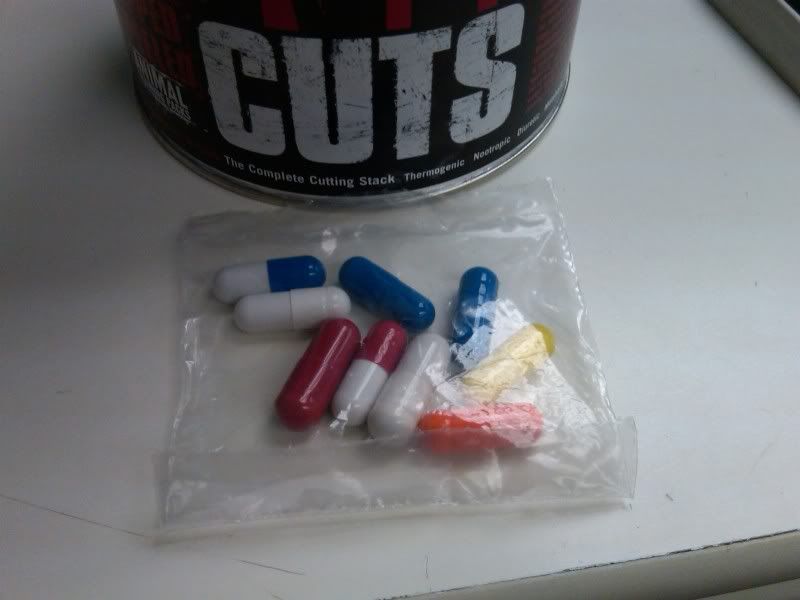
If you stack Animal Cuts Paks and Powder, you may want to beware the red (stim) and blue (diuretic) pill overlaps!
Interestingly, these differences actually make a case for using both together — leave out the red (stimulants) and blue (diuretic) pills in Animal Cuts Paks and you can make a potent fat-burning stack built for Animals!
Make no mistake — both variants are effective on their own. Which one you opt for ultimately comes down to how you want to take your fat-burner. Whether you'd rather take a few capsules or sip on a refreshing drink, either Animal Cuts formula should help aid your weight loss endeavors!
Other stacking opportunities
As always, the multivitamin of choice for Animals out there will be none other than Animal Pak (note that they have Animal Pak Powder as well).
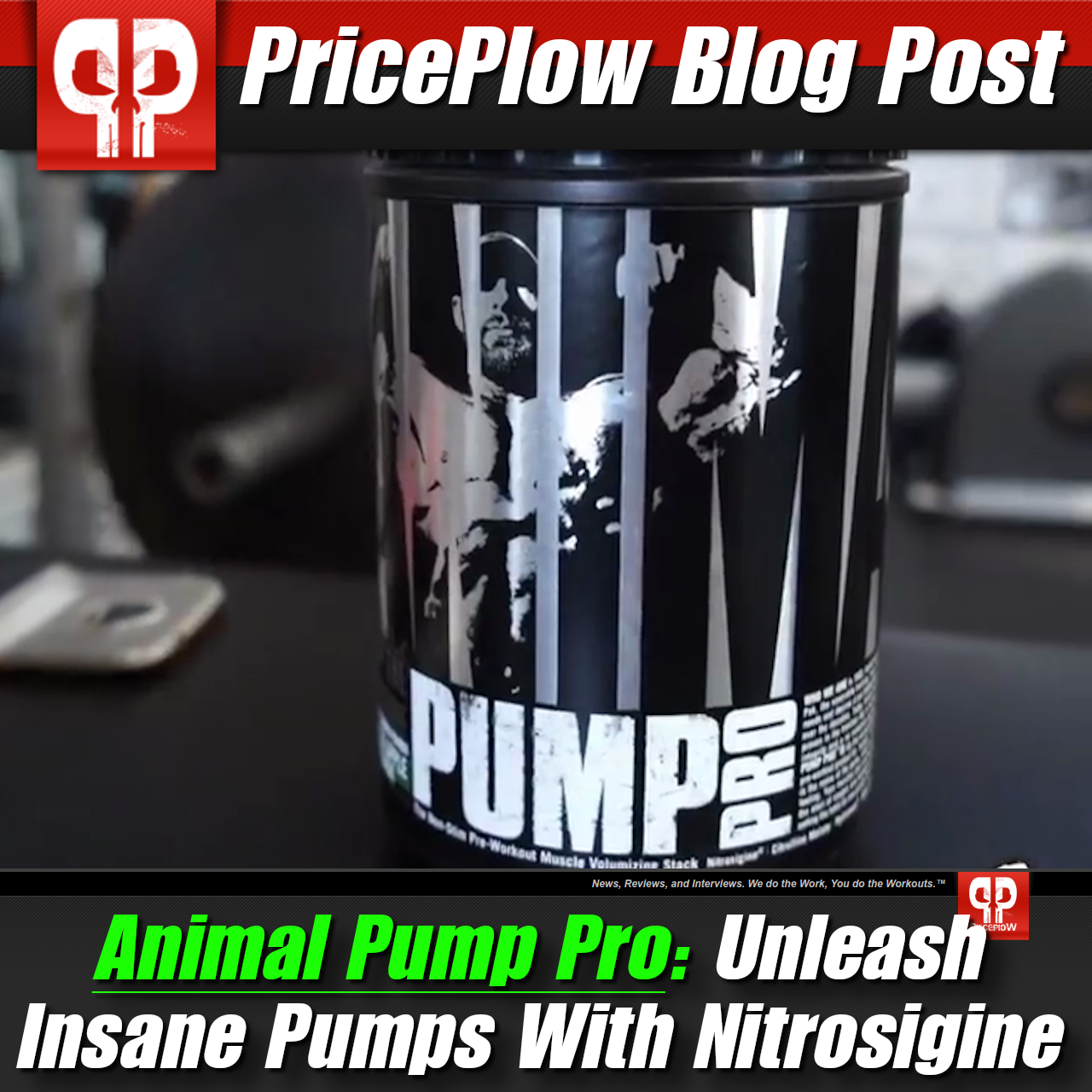
Feeling the need for even more pumps? Check out our article on Animal Pump Pro
There may be some of you Animals out there looking to really take your fat-loss efforts to the next level, and though Cuts Powder helps facilitate such goals, it's well-designed for stackability with other ingredients. This product has more breadth than depth — rather than deliver a ton of any one ingredient or focus, it uses various ingredients to cover multiple areas related to fat loss.
We've already mentioned the possibility of using this powdered variant of Cuts with its Pak-based cousin, but those craving more energy could explore incorporating more hardcore stimulants like synephrine, yohimbine, or yohimbe could considerably up the ante. Some Animals may even go beyond that...
It goes without saying that these avenues should be explored responsibly. With the recommended two servings of Cuts per day, you're already getting a solid amount of stimulants, nootropics, and fat-burning ingredients. Additionally, those Animals that are drug-tested athletes should be cautious about what they decide to stack on top of Cuts!
Add Animal Pump Pro as a pump supplement
If using either version of Animal Cuts pre workout, but you still want to get a legendary pump going, then Animal Pump Pro is the answer, with its clinical 1.5g dose of Nitrosigine and far more. Of all the Animal supplements, we think this is one of the most underrated and keep coming back for more.
Animal Cuts Powder: Animal’s Fat-Burning Spin-Off
For Animals setting goals focused on losing weight or shedding body fat, Animal Cuts has been a trusted aid. Animals are committed, driven individuals who have their priorities set straight — with their diets, training, and lifestyle choices all in-line, Cuts has provided that extra boost they needed to effectively reach their fat-loss goals.
As strong and convenient as the original Pak-based Cuts is, Animal wanted to provide their loyal customers with another means of upping their thermogenic potential. They understand that some Animals prefer sipping on a tasty drink as opposed to taking multiple capsules, and that their fat-loss efforts don't have to suffer because of it.
Animal Cuts Powder is a great-tasting way to yield the fat-burning benefits that the brand's iconic thermogenic delivers. Making some slight alterations in the formula, Animal was able to uphold the product line's purpose without sacrificing effectiveness or taste. Cuts Powder is an excellent addition to their wide-spanning supplement portfolio, and gives Animals yet another avenue towards the fat loss effects that Cuts is known for.
Universal Animal Cuts – Deals and Price Drop Alerts
Get Price Alerts
No spam, no scams.
Disclosure: PricePlow relies on pricing from stores with which we have a business relationship. We work hard to keep pricing current, but you may find a better offer.
Posts are sponsored in part by the retailers and/or brands listed on this page.
Note: There's now an Animal Cuts Non-Stim powder too!
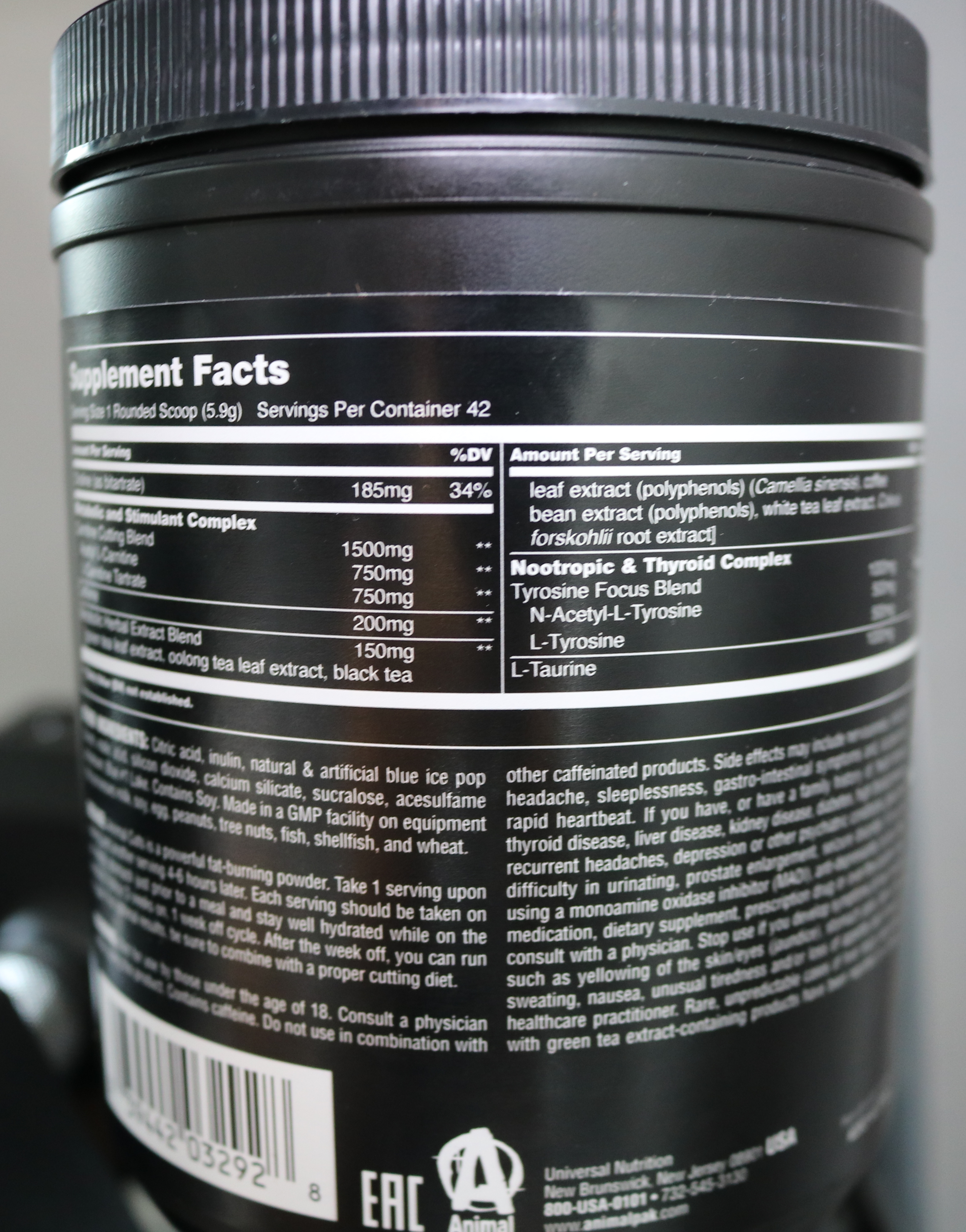

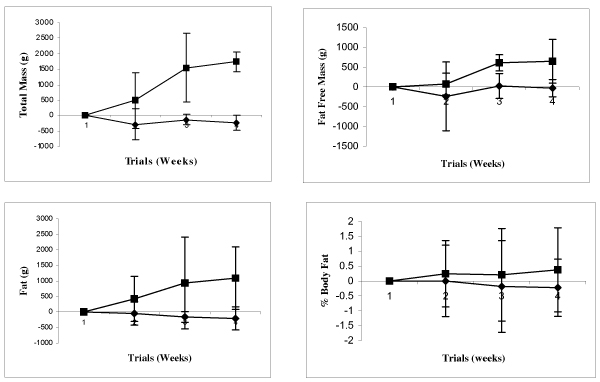
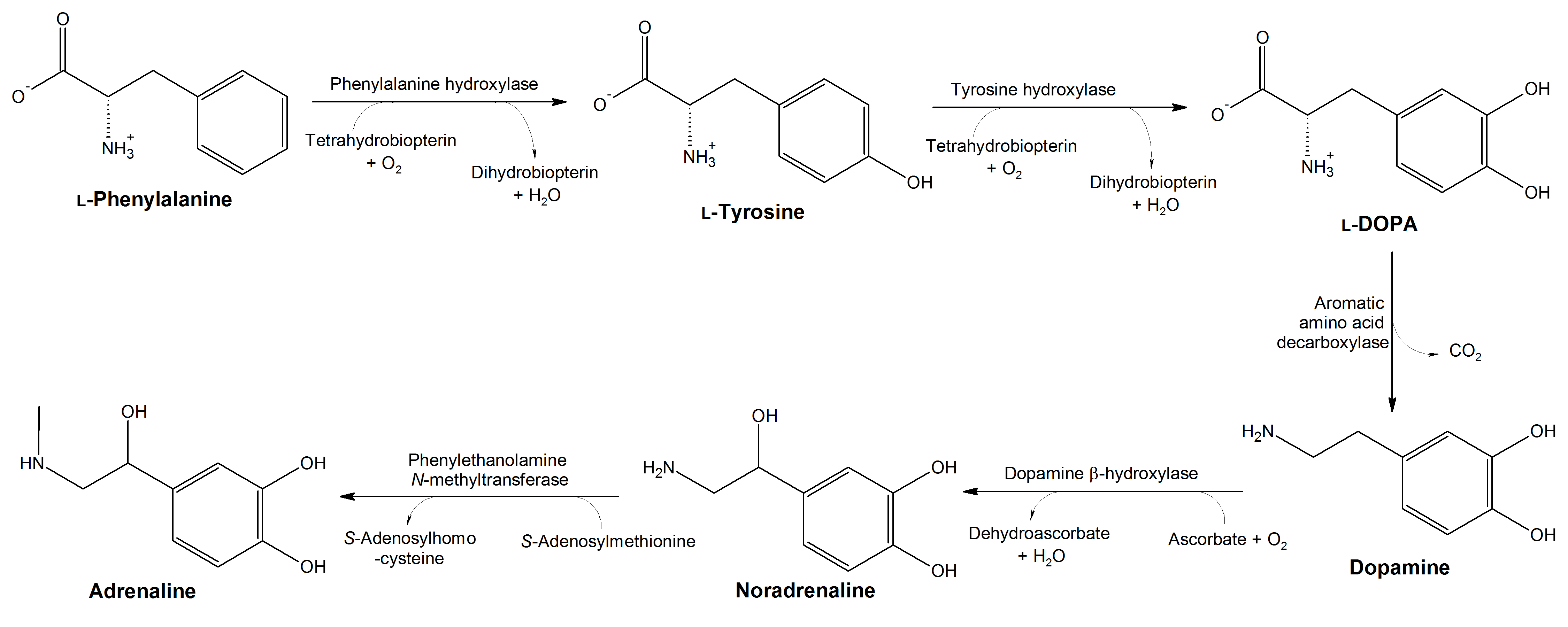
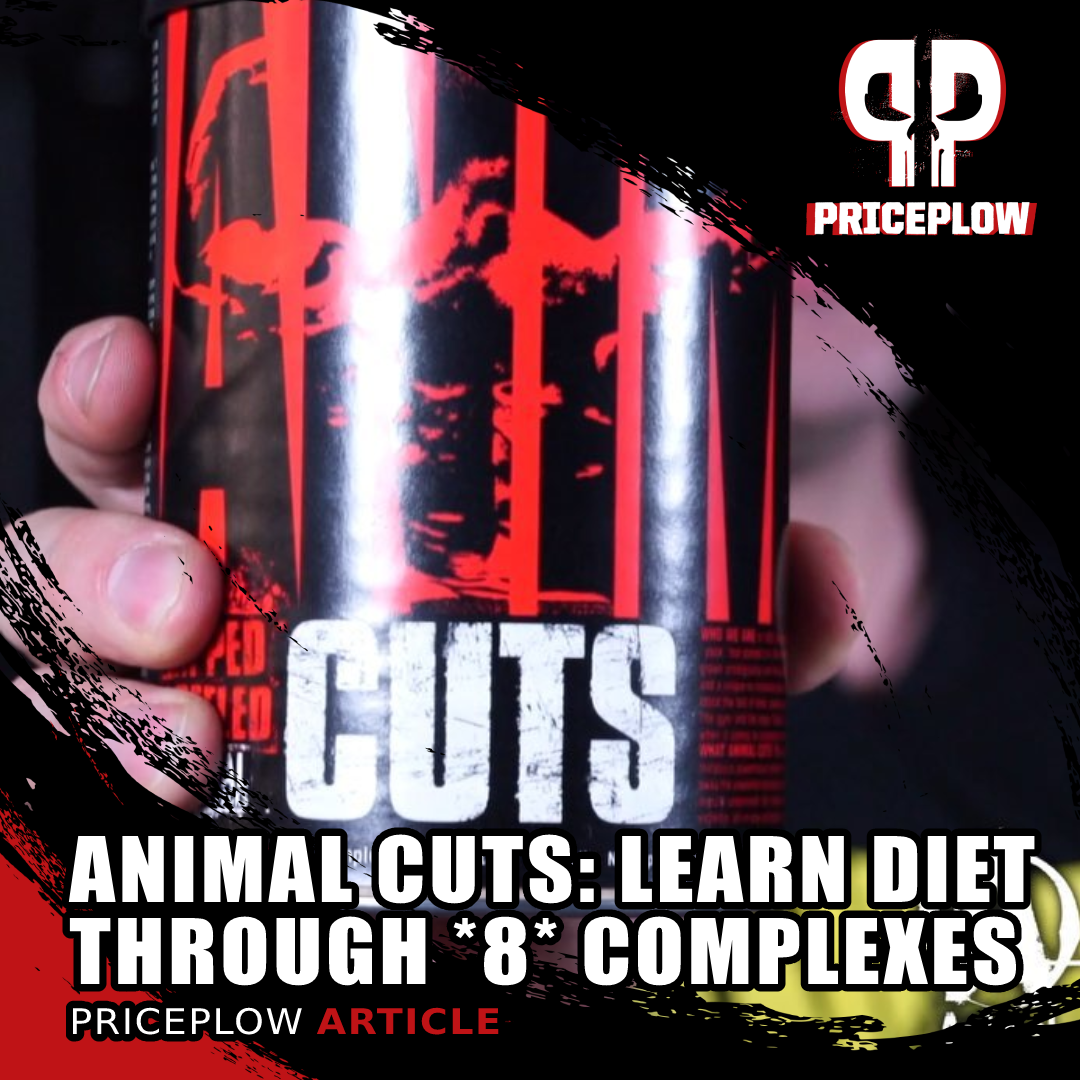
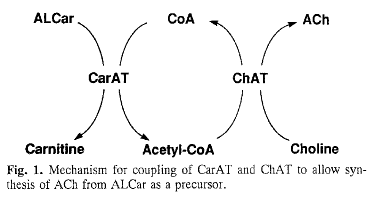
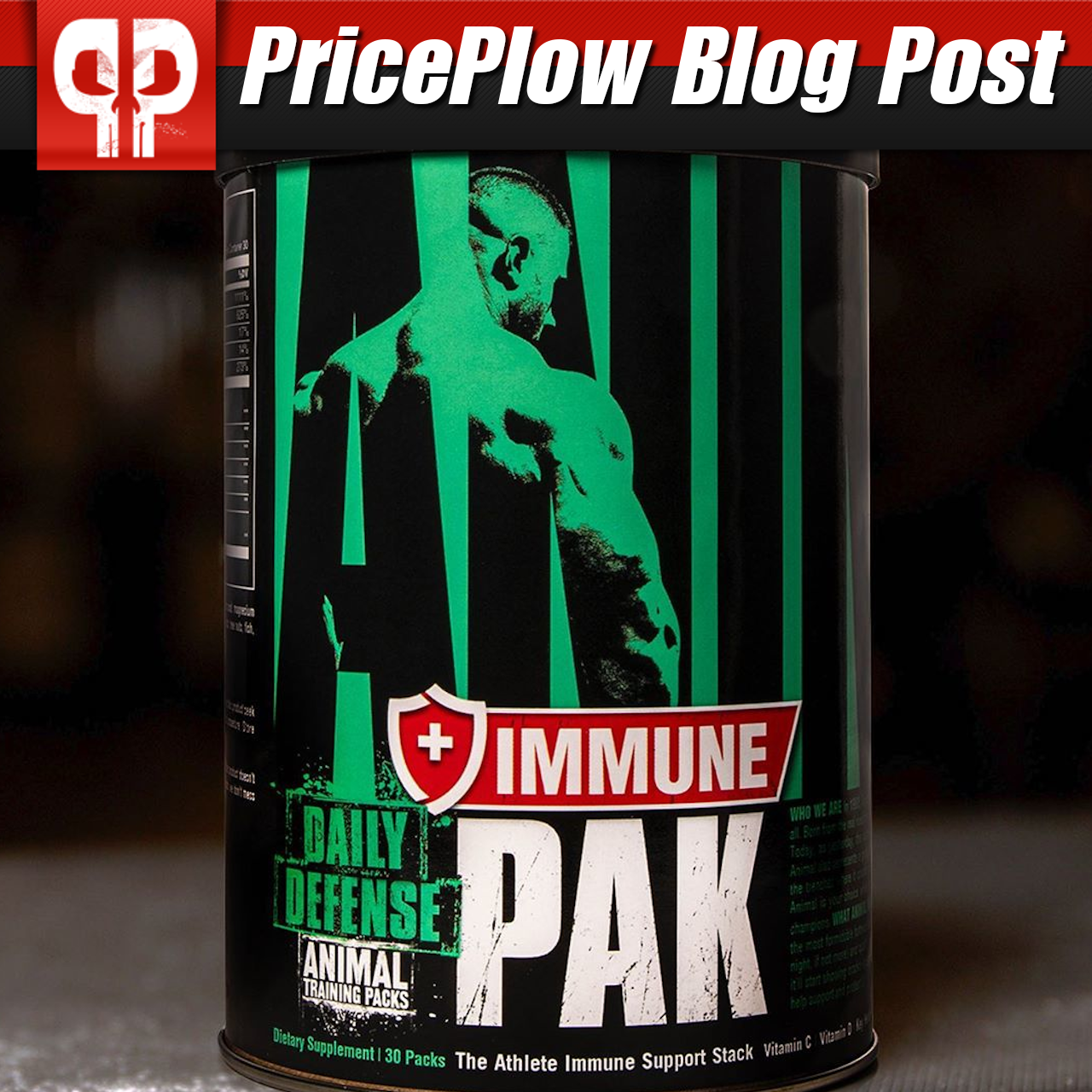
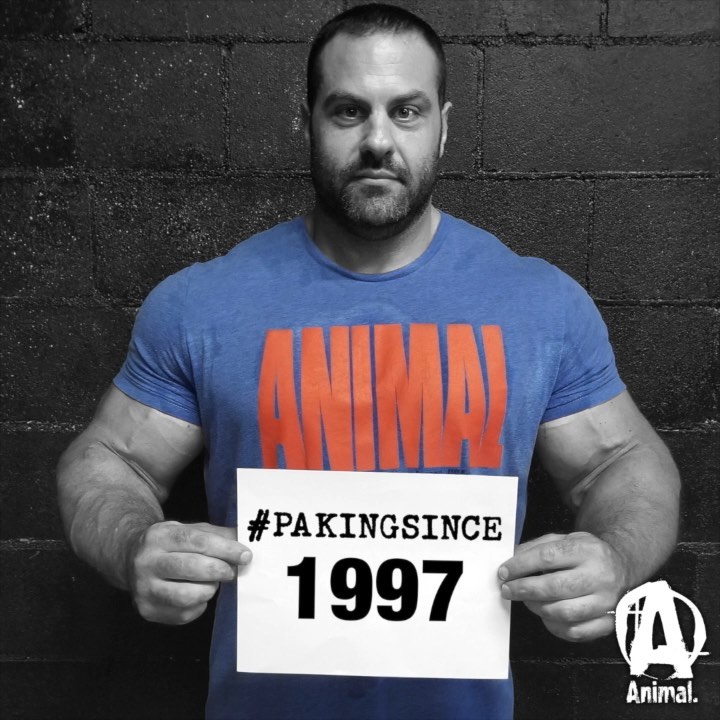
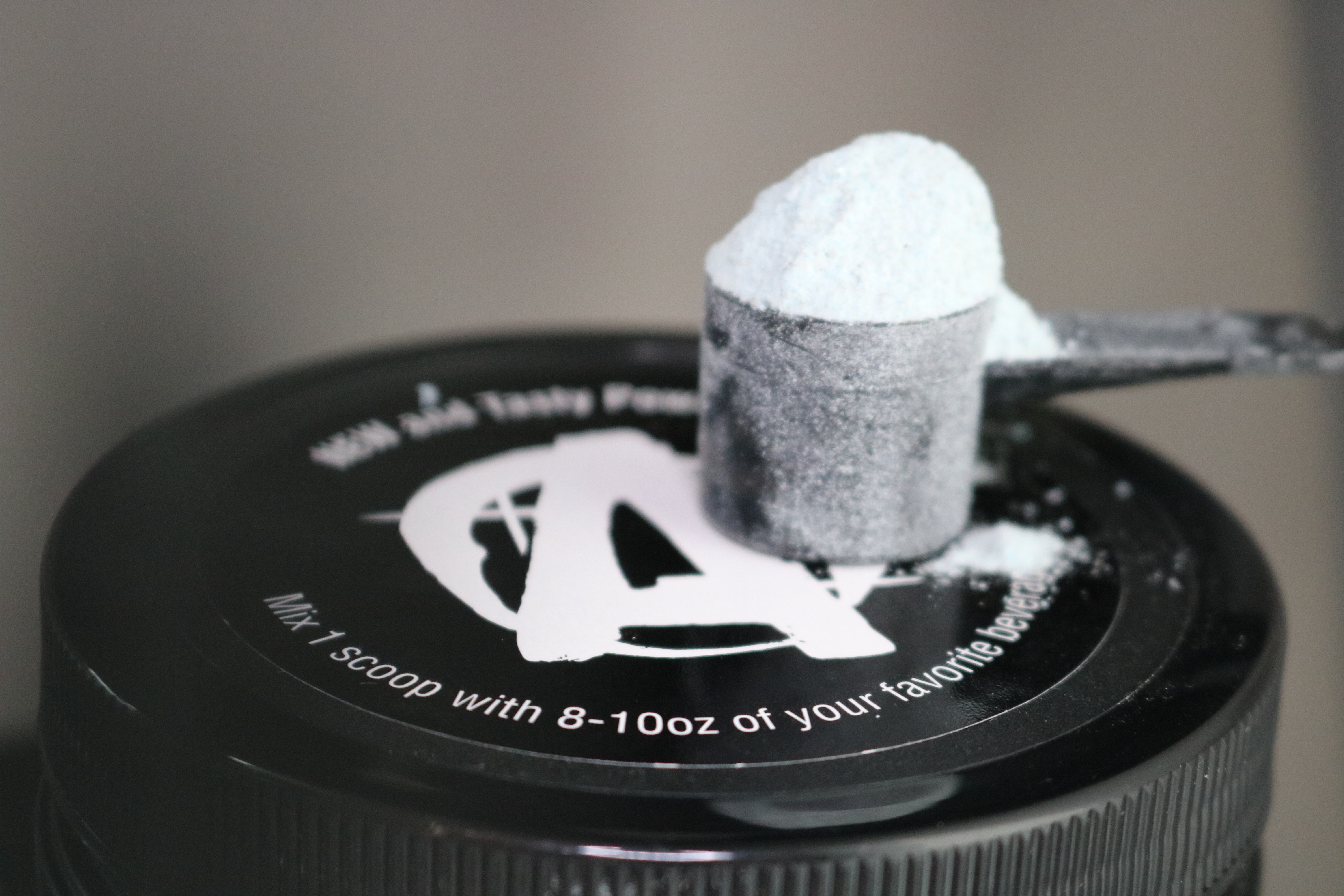




Comments and Discussion (Powered by the PricePlow Forum)